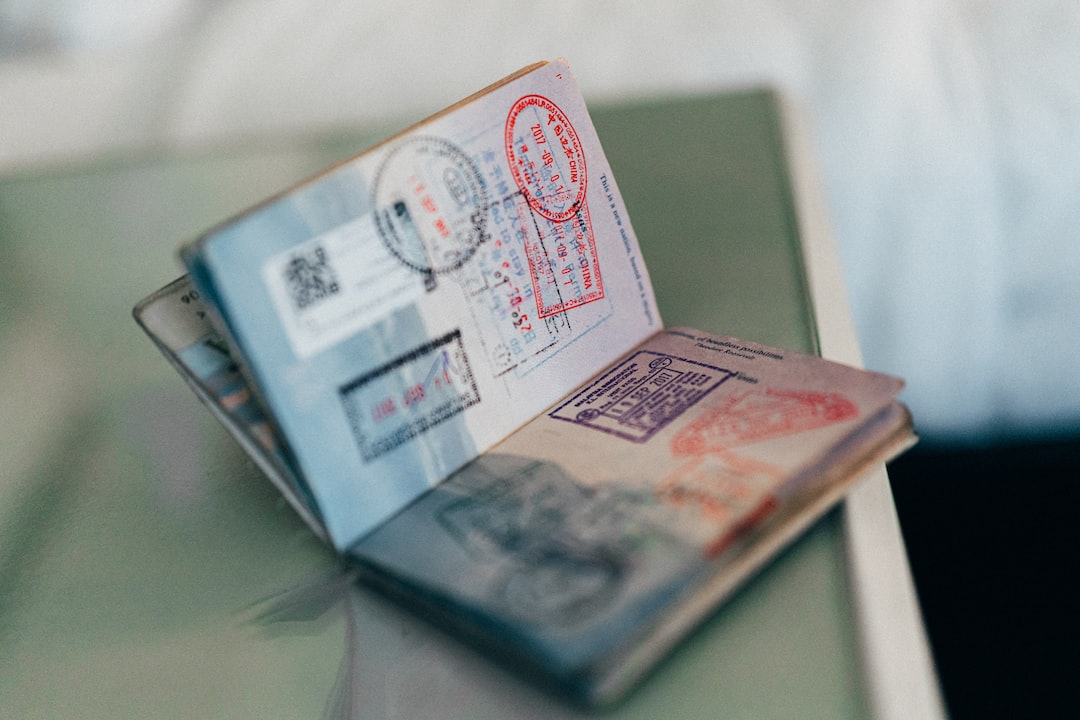Divorce and child custody: Navigating through the legal process
Divorce is undoubtedly one of the most challenging and emotionally draining experiences in a person’s life. When children are involved, it becomes even more complex. As parents, there’s a shared responsibility to ensure that the best interest of the child is prioritized during the separation process. Navigating through the legal process of divorce and child custody can be overwhelming, but with the right understanding and guidance, it becomes more manageable.
One of the first steps in the legal process of divorce with child custody involves determining the type of custody arrangement that will be in the child’s best interest. Generally, there are two main types of custody: physical custody and legal custody. Physical custody refers to where the child will reside, whereas legal custody determines the decision-making authority for the child’s upbringing, including education, healthcare, and religion.
The next step is understanding the different custody arrangements available, such as joint custody, sole custody, or visitation rights. Joint custody allows both parents to share the physical and legal responsibility of raising the child, ensuring that both parents have a significant role in their life. Sole custody, on the other hand, grants one parent exclusive physical and legal rights. Visitations rights give the noncustodial parent the opportunity to spend time with their child.
To navigate through the legal process, it is crucial to consult with a family lawyer who specializes in divorce and child custody cases. They will provide expert advice, assist in negotiating custody agreements, and ensure that your rights as a parent are protected. They can also help mediate conflicts between both parents, aiming to establish a fair and reasonable arrangement.
Alongside legal assistance, it is important to maintain open and respectful communication with your ex-spouse. Both parties should strive to put their personal differences aside and focus on cooperative parenting for the well-being of the child. This can involve discussing schedules, activities, and major decisions together, fostering a sense of stability and normalcy for the child amidst the divorce process.
Additionally, it is crucial to provide a supportive and nurturing environment for the child during this challenging time. Encouraging open communication, addressing their concerns, and reassuring them about their importance and well-being are essential. Seeking professional therapy or counseling for the child can also provide them with the necessary tools to cope with the changes they might experience.
Divorce and child custody are undoubtedly complex and emotionally charged processes. However, by understanding the legal aspects, seeking professional guidance, and maintaining effective communication, it is possible to navigate through these difficulties. Ultimately, the main focus should be on the child’s best interest, ensuring that they grow up in a loving, stable, and supportive environment despite the challenges brought forth by divorce.

